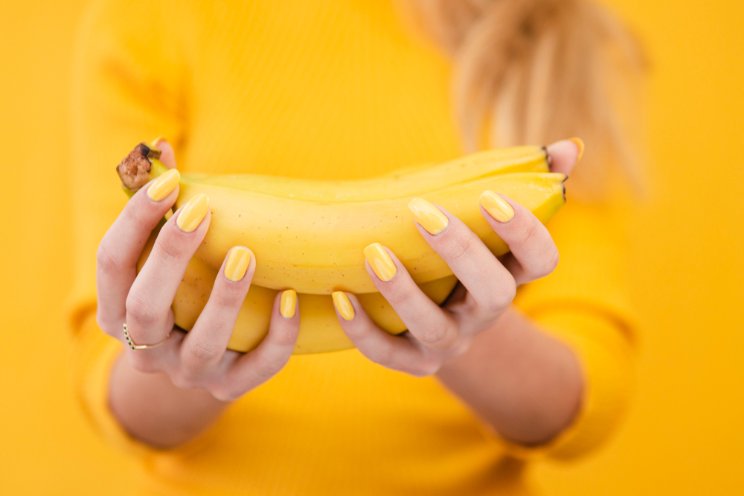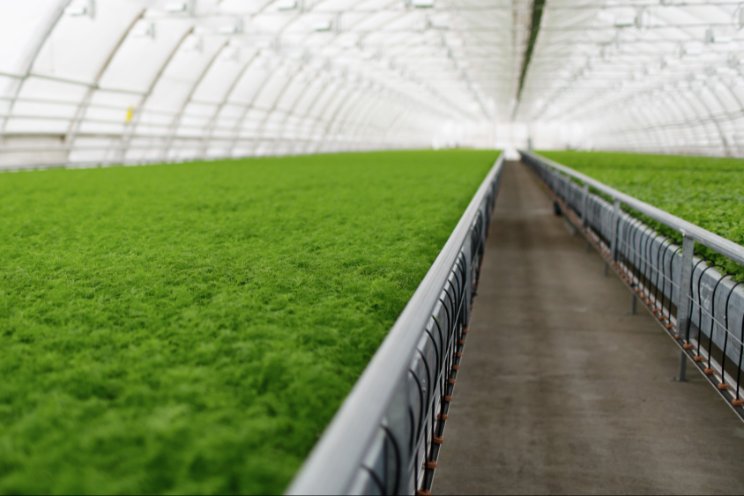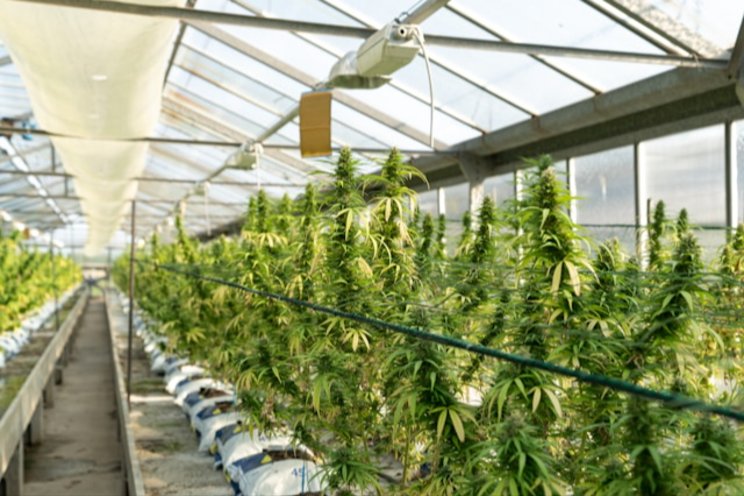Critical Intelligence: Perfecting produce
Added on 13 July 2020

TRACK ONE: PERFECTING PRODUCE

David Rosenberg, AEROFARMS
David Rosenberg, CEO, AEROFARMS, USA
How is Aerofarms optimizing seed for indoor farming?
Being a good farmer is fundamentally about two things: farming the right way and having the right plant genetics. Historically, farmers have designed genetics to fit the environment. With fully controlled agriculture, farmers have focused on designing the environment to fit the genetics. As we have evolved at AeroFarms, while we continue to focus on optimizing the environment, we are also optimizing the genetics. Different from field farmers who focus on optimizing genetics for characteristics like drought resistance and pest resistance, we are optimizing genetics for taste, texture, yield, and nutritional value of our produce. This directly aligns with our mission to grow the best plants possible for the betterment of humanity.
Your recent commitment to build a 90,000 sq ft facility in Abu Dhabi hit headlines in April. What can we expect from the first year of this partnership?
We are incredibly excited to be partnering with people in Abu Dhabi to build this fantastic research facility. This facility will allow us to conduct state of the art R&D to grow more with less. We will focus on growing new crops for commercialization, improving quality while increasing yields to reduce capital and operating costs. We will also be studying and optimizing plant genetics, which is the other important half of the same coin and will enable us to have a broader, positive impact on the world.

Marc Kreuger, SEVEN STEPS TO HEAVEN
Marc Kreuger, Global Director of Innovation, SEVEN STEPS TO HEAVEN, NETHERLANDS
Seven Steps to Heaven famously say that "Plants don't like nature" how are you developing environments that match a plant's actual needs?
Copying nature to an indoor environment is way too complicated. What plants like is very different, a stable temperature, a gentle breeze, and enough light of the right colours. Provided in the right balance it will relax and enable them to reach their genetic potential.
What are your incentives to invest in developing indoor seed varieties?
In close collaboration with breeding companies we are selecting and creating varieties that excel in photosynthesis, yield, nutrition, and taste. In the end this is what makes a farm profitable. The current commercial varieties are not suitable for indoor growing as they were selected to perform in the field or greenhouses and needed to have traits like disease and abiotic stress resistance. Indoors they do not need this, and plants can spend their energy on something else, like yield, nutrients and secondary metabolites.
How are Seven Steps to Heaven working to reduce their energy footprint?
Together with our light supplier we constantly look for the best performing and most efficient LEDs. Additionally, the growing area per climate control system, an expensive part of the farm, needs to be maximized to reduce energy and costs. This is where climate and genetics come together; get the highest yields from the best genetics in the best climate, with the lowest energy and cost-price.
TRACK TWO: POWERING A SPROUTING INDUSTRY

Tessa Pocock, PLENTY
Tessa Pocock, Director of Advanced Lighting & Plant Physiology, PLENTY, USA
What is biological efficacy and why should we care?
Biological efficacy is the end product as a function of light energy input. It can be kg of leaves or fruits per kWh. If the crop is grown primarily for its nutritive qualities, then it can be ug of the desired compounds per kWh.
It has been just over a year since you joined Plenty and, in that time, you've designed your own LEDS, increased yields and explored the relationship between light and new crop varieties. What is your next challenge?
The existing challenges are still ongoing, but we are incorporating the use of light to push or delay the various developmental stages to further push electrical and/or biological efficacy.
Source and Photo Courtesy of Indoor Agtech
Source: Indoor Agtech
More news















